There are a number of small items to discuss this month so let’s get started.
First of all, things continue to go smoothly for Space X’s first manned mission to the International Space Station (ISS). Astronauts Bob Behnken and Doug Hurley have been on the ISS for more than a month now, assisting the regular crew in their maintenance and repair work. Bob Behnken even got to perform an EVA with his fellow American astronaut Chris Cassidy in order to replace a number of the station’s external batteries.
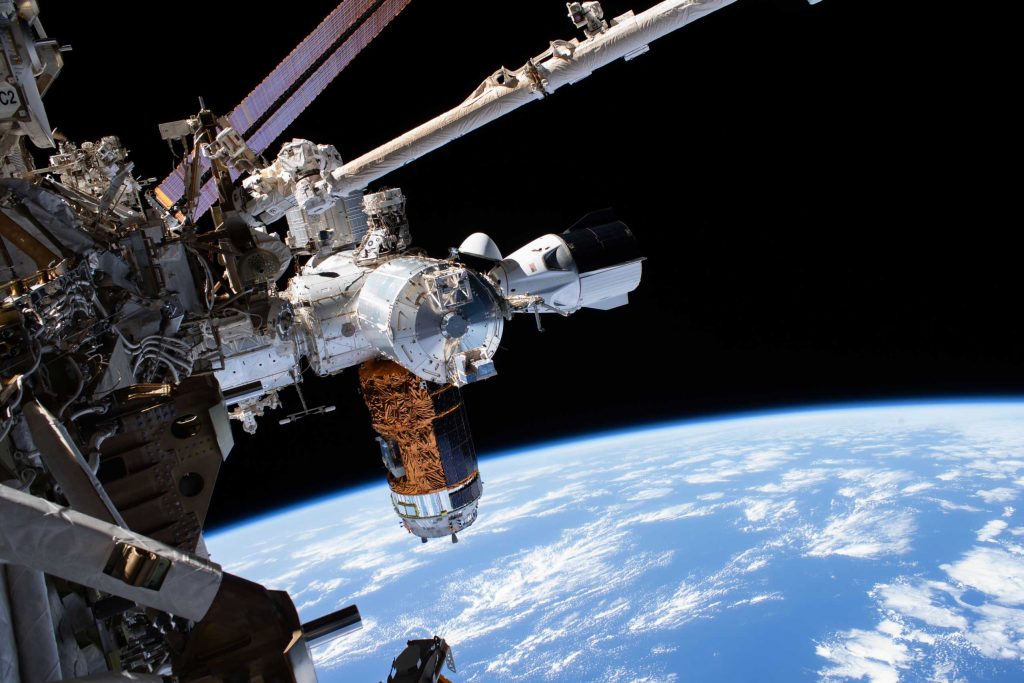
Although NASA has yet to announce exactly when Behnken and Hurley will return to Earth in their Dragon capsule they are probably about halfway through their mission. Before they leave however NASA plans on conducting some kind of emergency station test using the Space X Dragon capsule as a part of the test.
The idea is to pretend that a disaster to the ISS forces all five members of the crew, the three Americans plus two Russian cosmonauts, to use the Space X Dragon capsule as a lifeboat. Now the capsule will not actually undock from the ISS. It will however be quickly woken up and brought back to operational status. All five crewmembers will climb aboard the capsule and remain there for several hours, simulating a real emergency.
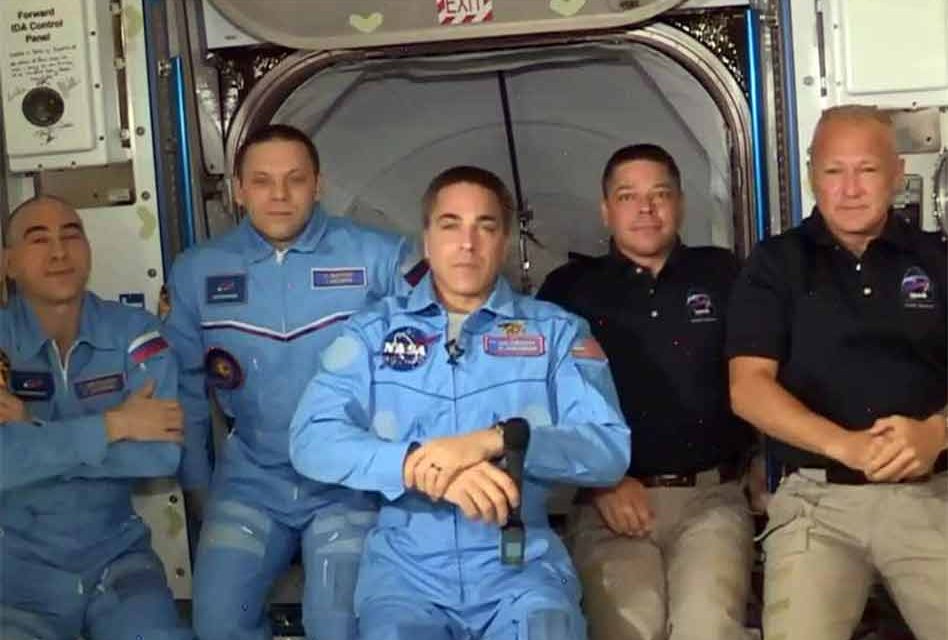
Continuing with manned spaceflight NASA has announced the results of their analysis of the problems that occurred during the unmanned Orbital Test Flight (OFT) of Boeing’s Starliner capsule back in December 2020. During that flight a software problem occurred that caused the spacecraft to carry out the wrong maneuver, using up so much fuel that it was unable to rendezvous with the ISS. The capsule was able to return safely to Earth but an initial review of the mission revealed several other serious software issues that went unnoticed during the actual test flight.
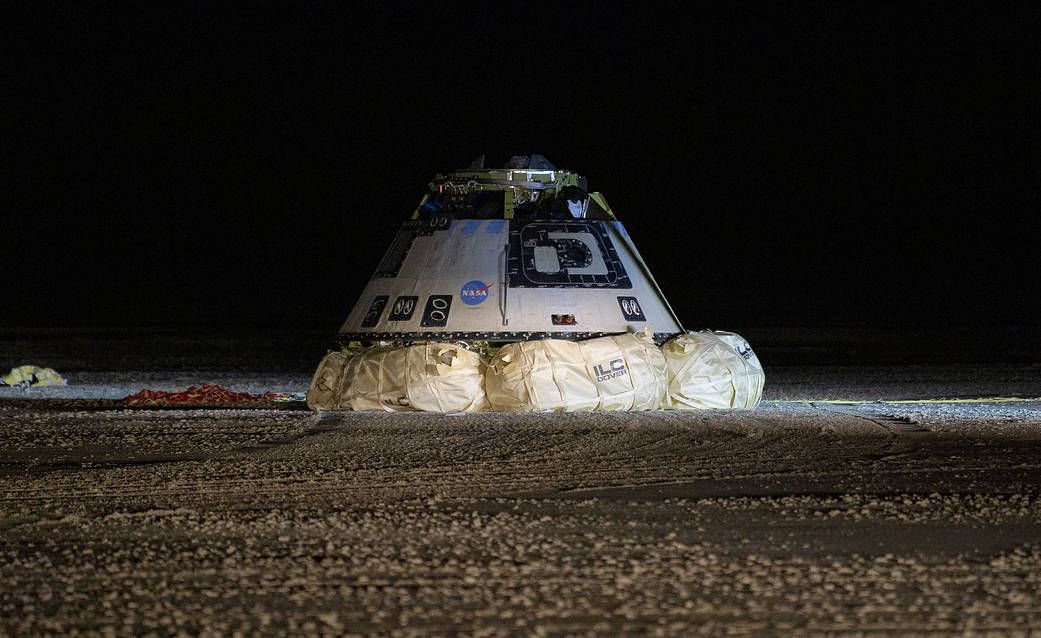
Based upon their review NASA engineers have made a total of 80 recommendations to Boeing that the aerospace firm must address before a second, unmanned OFT can be conducted. Boeing hopes to implement the necessary changes quickly, in fact the engineering effort is already well underway, with an eye towards a launch date late this year for the second OFT.
That would allow Boeing to conduct their first manned flight with Starliner early next year. Once that flight has taken place the US will for the first time ever have two operational space systems for getting astronauts into orbit, both owned and operated by commercial corporations.
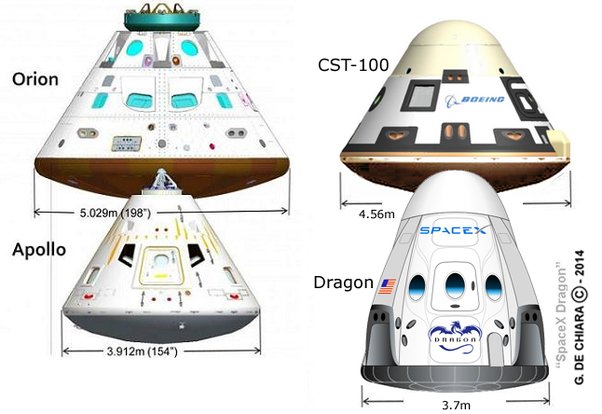
NASA also hopes that next year will see the first, unmanned test launch of the long awaited Space Launch System and Orion capsule, a launch vehicle that will not only take astronauts into Earth orbit but beyond. The SLS is in fact the foundation of NASA’s Artemis program with its ambitious goal of returning Americans to the Moon by the year 2024. Pieces of the first SLS rocket are finally, many years behind schedule starting to arrive at Cape Kennedy for assembly with an intention of the initial test launch of the whole rocket sometime in 2021.
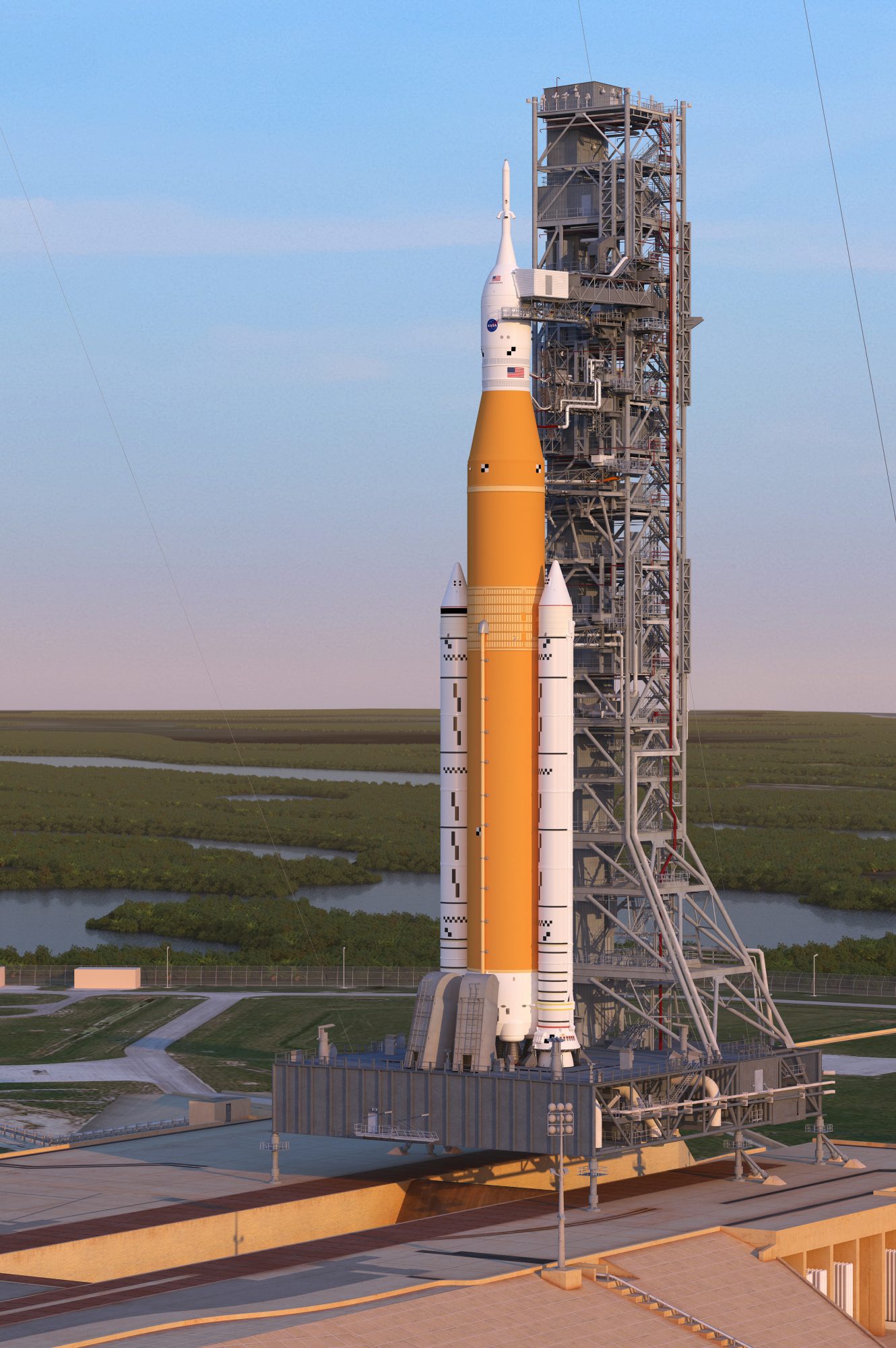
The Artemis goal of putting Americans back on the Moon is more than just ambitious; it’s expensive. So when on July 7th the US House of Representatives Appropriations Committee released its funding bill for NASA it could only be considered disappointing. As announced the funding for NASA in 2021 will remain at exactly the same level as in the current fiscal year, $22.63 billion dollars. In other words there is no new money of any kind for Artemis.

That figure of $22.63 billion is about $3 billion less than NASA requested and the worst part is that the monetary shortfall comes from the budget earmarked for the design and development of a new lunar lander, the major piece of hardware currently not yet under construction. Now the budget bill has not yet been passed by congress, more money could be added before it is passed. And even if the budget isn’t increased NASA could undoubtedly divert money from other projects in an effort to keep making progress on the lander.
Nevertheless the Artemis schedule was very tight to begin with and without some real support in congress it is likely that a return to the Moon could, like all of NASA’s manned deep space proposals over the last 30 years, be underfunded and delayed until it just dies.
My final item for today deals not with NASA’s manned space efforts, but rather with its more successful robotic exploration probes. Back on the 6th of January in 2017 I posted an article about a couple of new NASA missions intended to explore several of the asteroids orbiting the Sun in the belt between Mars and Jupiter. One of these missions is called Psyche after the metal rich asteroid that is its target.
Just this month the engineering team at the Jet Propulsion Laboratory designing Psyche completed their work and the final design has been approved. This means that work on the spacecraft’s hardware can begin with full assembly and testing to begin in February of 2021.

The schedule for Psyche is tight. The spacecraft must be launched in August of 2022 if it is to use a gravity assist from Mars in order to reach its target. Arrival at Psyche will then be in early 2026.
